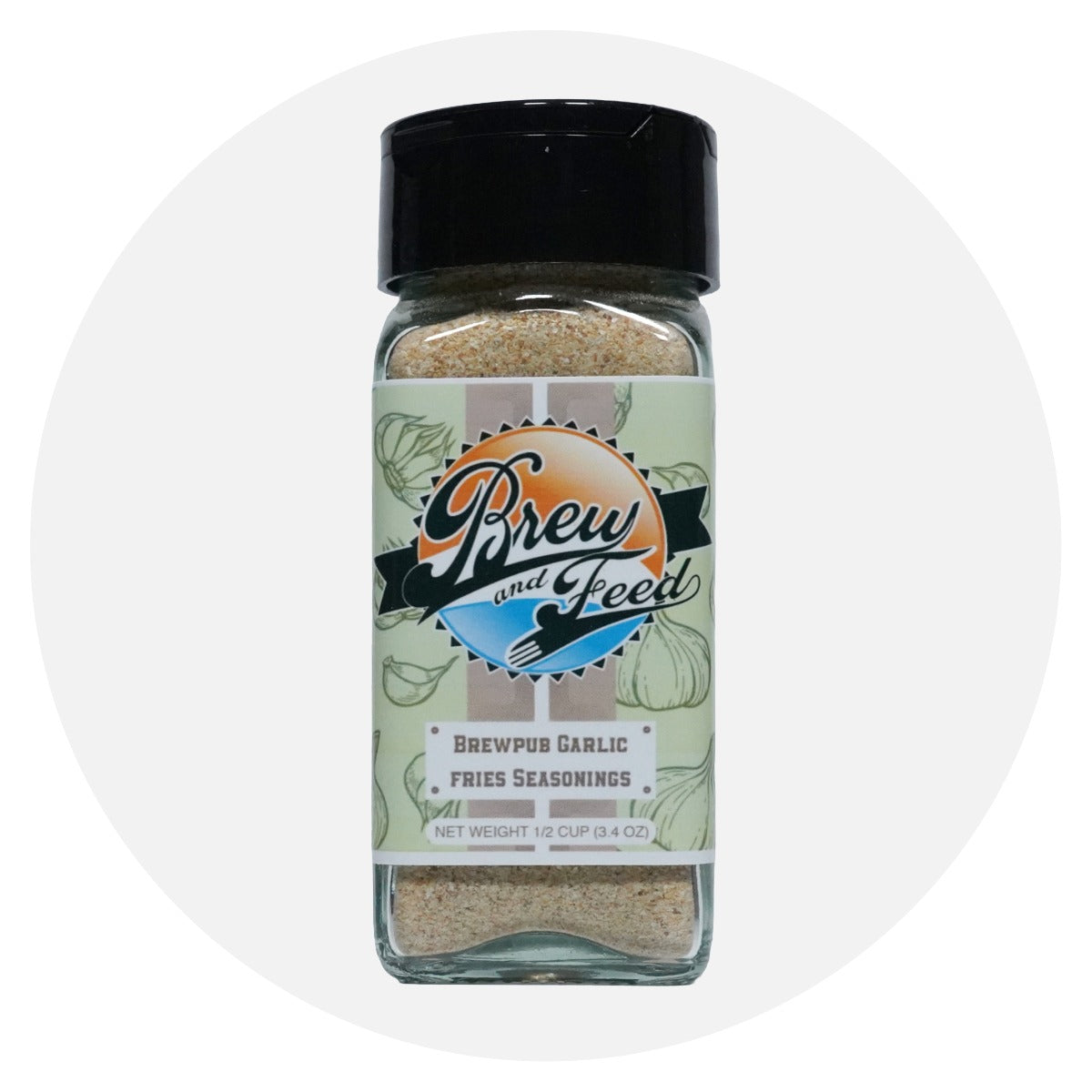
Pan Roasted Okra
Pan Roasted Okra
Rated 5.0 stars by 1 users
Category
Appetizer
Author:
Robert Moreland
Servings
4
Prep Time
10 minutes
Cook Time
10 minutes
Okra stands out as a culinary gem. With its distinct flavor, rich history, and global influence, this green pod has woven its way into the fabric of diverse cuisines.
Origins in Africa: Okra's Ancient Beginnings
Okra's story begins in West Africa, where it was cultivated over 3,000 years ago. Its cultivation quickly spread across various African regions due to its adaptability to diverse climates and soil types. The plant thrived in the warm temperatures and provided a valuable source of nutrition for many communities.
Transatlantic Journey: Okra in the Americas
The transatlantic slave trade played a significant role in the introduction of okra to the Americas. Enslaved Africans brought the seeds with them, and okra soon found a new home in the Southern United States, the Caribbean, and South America. Its ability to thrive in hot, humid climates made it a valuable and sustainable crop.
Culinary Integration: Okra in Southern Cuisine
In the American South, okra became a staple in traditional dishes such as gumbo and jambalaya. Its unique texture, a combination of tenderness and slight mucilaginous (slimy) quality when cooked, added thickness to stews and a distinctive character to these beloved Southern recipes.
Okra Around the World: Culinary Divergence
As okra traveled the globe, it integrated into various cuisines, adapting to local tastes and cooking styles. In Middle Eastern cuisine, it found a place in dishes like bamia, while in India, it became a key ingredient in curries and bhindi masala. The Mediterranean and Southeast Asia also embraced okra, incorporating it into a variety of flavorful dishes.
Health Benefits and Nutritional Value: Okra's Wellness Legacy
Beyond its culinary contributions, okra boasts an impressive nutritional profile. Rich in fiber, vitamins, and antioxidants, it has been recognized for its potential health benefits, including improved digestion and blood sugar control.
Gardens and Kitchens: Okra in Home Agriculture
Okra's adaptability extends beyond its historical and cultural significance. Home gardeners around the world appreciate it as a resilient and productive addition to their plots, providing fresh and flavorful pods throughout the growing season.
Global Appeal: Okra in Contemporary Cuisine
Today, okra continues to captivate food enthusiasts and chefs alike. Its versatility is showcased in a myriad of dishes, from crispy fried okra to pickled okra snacks. As plant-based diets gain popularity, okra has become a star ingredient in vegetarian and vegan recipes, celebrated for its unique texture and flavor.
Ingredients
-
3/4 teaspoon paprika
-
1/4 teaspoon ground cumin
-
1/4 teaspoon ground coriander
-
1/4 teaspoon ground fennel seeds
-
1/8 teaspoon turmeric
-
Pinch of cinnamon
-
Pinch of ground fenugreek (optional)
-
2 tablespoons vegetable oil
-
1 pound okra, halved lengthwise
-
Salt
-
2 tablespoons fresh lemon juice
Directions
In a small bowl, blend the paprika with the cumin, coriander, fennel, turmeric, cinnamon and fenugreek.
In a large nonstick pan, heat 1 tablespoon of the oil. (If your pan is not large enough for all the okra use to separate pans each with one tablespoon of oil)
Add the okra, cut side down, and cook over high heat for 2 minutes.
Reduce the heat to medium and cook until browned on the bottom, 4 minutes longer.
Turn the okra and cook over low heat until tender, 2 minutes.
Season with salt and sprinkle with the spice mixture.
Cook, stirring, until fragrant, 30 seconds.
Drizzle the lemon juice over the okra and serve.







